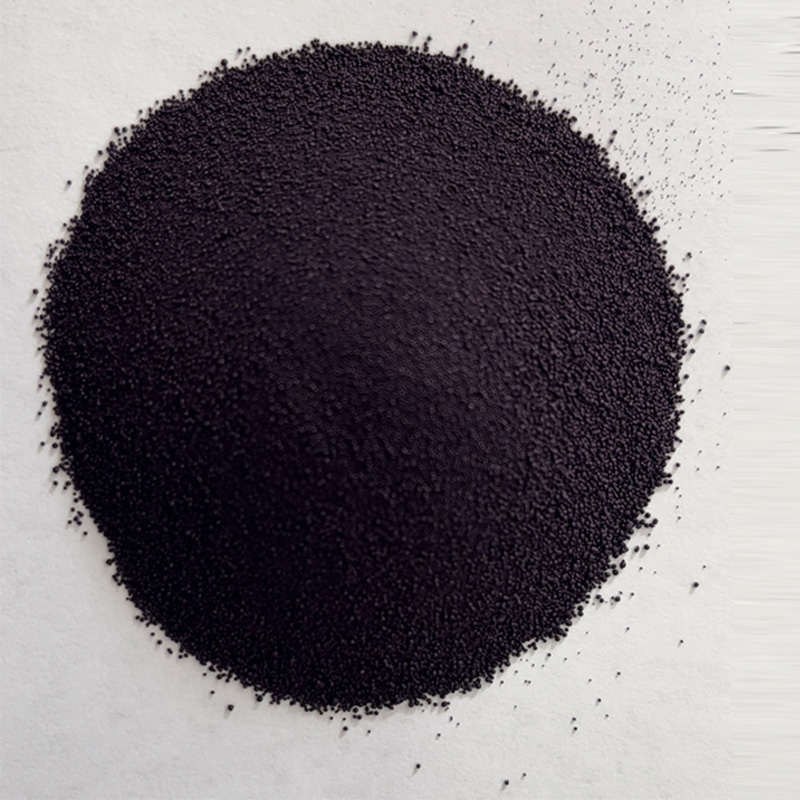Exploring the Beauty of Indigo Tie-Dye Creations and Products for Fashion
The Art of Indigo Tie and Dye Products
Indigo dyeing is one of the oldest textile dyeing methods in the world, with a rich history that dates back thousands of years. This fascinating technique has gained renewed interest in recent years due to its sustainable practices and the unique beauty it imparts to fabrics. Indigo tie and dye products, in particular, showcase a harmonious blend of art and tradition, making them highly sought after in today’s market.
Indigo, derived from the leaves of the indigofera plant, is prized for its deep blue hue. The dyeing process is intricate and requires skill, as the color appears green when first applied to fabric and turns to a rich blue upon exposure to air. This transformation is part of the magic of indigo dyeing, captivating artisans and consumers alike. The tie and dye technique, also known as bandhani in India or shibori in Japan, involves tying sections of fabric to create patterns before immersing them in indigo dye. This method allows for intricate designs that are both beautiful and unique to each piece.
One of the key benefits of using indigo and the tie and dye technique is its eco-friendliness. Many modern dyeing methods utilize harmful chemicals that can adversely affect the environment and human health. In contrast, indigo is a natural dye, making it a safer alternative. Additionally, the tie and dye process often recycles fabric remnants, promoting sustainable fashion practices. In a world increasingly focused on environmental conservation, indigo products offer consumers a stylish yet responsible choice.
indigo tie and dye products

Moreover, the cultural significance of indigo dyeing can’t be overlooked. Different cultures have developed their own variations of tie and dye, each telling a unique story through patterns and colors. For example, Indian bandhani often incorporates intricate dots and shapes that reflect local traditions, while Japanese shibori can include complex folding and stitching techniques that result in stunning visual effects. This cultural diversity adds a layer of richness to the indigo tie and dye products, making them more than just a fashion statement. They become a form of storytelling, connecting wearers to the artisans’ heritage and craftsmanship.
In recent years, the fashion industry has embraced indigo tie and dye products, featuring them in various collections across the globe. From clothing to accessories, these items appeal to a wide audience looking for something unique and original. The distinct patterns and vibrant hues set indigo products apart in a sea of mass-produced fashion, allowing individuality to shine through in one’s wardrobe. Artisans and designers are also experimenting with new methods and contemporary styles, expanding the possibilities of indigo dyeing and ensuring its relevance in modern design.
In conclusion, indigo tie and dye products embody an exquisite blend of tradition, sustainability, and artistry. Their eco-friendly nature, cultural significance, and unique aesthetic appeal resonate with today’s conscientious consumers. As we continue to explore and appreciate the craft of indigo dyeing, we contribute to the preservation of a beautiful heritage that transcends time and geography. Investing in indigo products is not just about fashion; it’s about celebrating art, culture, and sustainability in our everyday lives.
-
Sulphur Black Dyes in Daily Use
NewsMay.07,2025
-
Indigo Dyeing for Daily Life
NewsMay.07,2025
-
Indigo Dye Production and Its Growing Demand
NewsMay.07,2025
-
Color That Lasts
NewsMay.07,2025
-
Bromo Indigo for Modern Use
NewsMay.07,2025
-
Blue From Nature
NewsMay.07,2025
-
The Timeless Color in Fashion and Textiles
NewsApr.10,2025

Sulphur Black
1.Name: sulphur black; Sulfur Black; Sulphur Black 1;
2.Structure formula:
3.Molecule formula: C6H4N2O5
4.CAS No.: 1326-82-5
5.HS code: 32041911
6.Product specification:Appearance:black phosphorus flakes; black liquid

Bromo Indigo; Vat Bromo-Indigo; C.I.Vat Blue 5
1.Name: Bromo indigo; Vat bromo-indigo; C.I.Vat blue 5;
2.Structure formula:
3.Molecule formula: C16H6Br4N2O2
4.CAS No.: 2475-31-2
5.HS code: 3204151000 6.Major usage and instruction: Be mainly used to dye cotton fabrics.

Indigo Blue Vat Blue
1.Name: indigo blue,vat blue 1,
2.Structure formula:
3.Molecule formula: C16H10N2O2
4.. CAS No.: 482-89-3
5.Molecule weight: 262.62
6.HS code: 3204151000
7.Major usage and instruction: Be mainly used to dye cotton fabrics.

